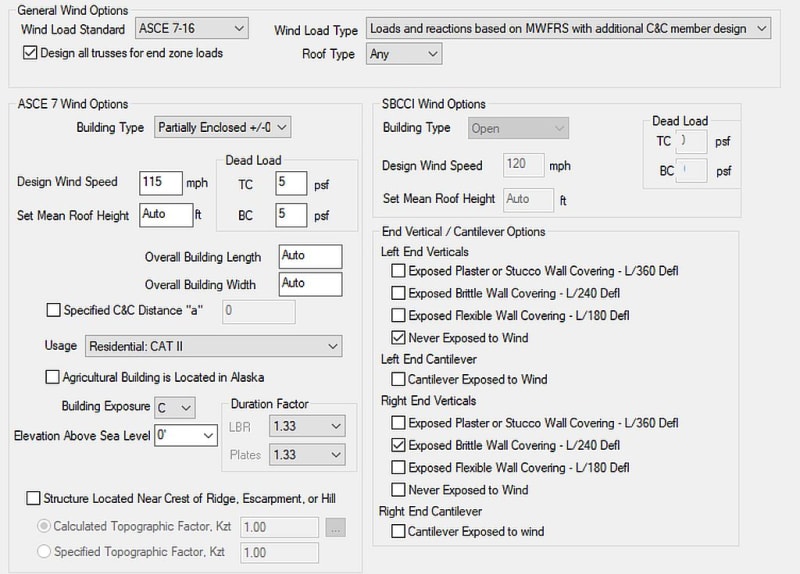-
3
- #1
RontheRedneck
Specifier/Regulator
I mentioned in another thread that I've been designing trusses most of my adult life. I started working in a truss plant in 1984, and it went from there.
Over the years I've run into a lot of misconceptions about how trusses are designed, who designs them, etc. I thought I'd take a crack at explaining the typical process.
The vast majority of truss plants do not have engineers on staff at the plant. Trusses are designed by guys like me. I only have a HS diploma. But I do have a lot of training and experience.
We buy our truss plates from a company called Alpine. They provide the truss design software that we use. They also have engineers on staff. The cost of the software and engineering support is built into the price of the plates.
Since we're in a rural area we don't get an engineers seal on probably 95% of what we do. There's no reason to.
If we do need sealed drawings, it's usually because someone is building in an area where there's a building department that requires them. Or on commercial work we sometimes have to send them to the project architect/engineer for review.
Once we have the trusses designed in our system we can send a job down electronically to Alpine. One of their engineers is assigned to our account, and that person typically reviews our stuff.
The engineer does not alter the truss designs - They're either approved or not approved. If they want something changed we get an email or phone call explaining what they want to see. We revise them and send them back down.
The engineers at Alpine never see the plans. They typically do not know where the job is going or any details about it. They only review what we send down.
So that's the basic process. If you have any questions let me know.
Over the years I've run into a lot of misconceptions about how trusses are designed, who designs them, etc. I thought I'd take a crack at explaining the typical process.
The vast majority of truss plants do not have engineers on staff at the plant. Trusses are designed by guys like me. I only have a HS diploma. But I do have a lot of training and experience.
We buy our truss plates from a company called Alpine. They provide the truss design software that we use. They also have engineers on staff. The cost of the software and engineering support is built into the price of the plates.
Since we're in a rural area we don't get an engineers seal on probably 95% of what we do. There's no reason to.
If we do need sealed drawings, it's usually because someone is building in an area where there's a building department that requires them. Or on commercial work we sometimes have to send them to the project architect/engineer for review.
Once we have the trusses designed in our system we can send a job down electronically to Alpine. One of their engineers is assigned to our account, and that person typically reviews our stuff.
The engineer does not alter the truss designs - They're either approved or not approved. If they want something changed we get an email or phone call explaining what they want to see. We revise them and send them back down.
The engineers at Alpine never see the plans. They typically do not know where the job is going or any details about it. They only review what we send down.
So that's the basic process. If you have any questions let me know.

